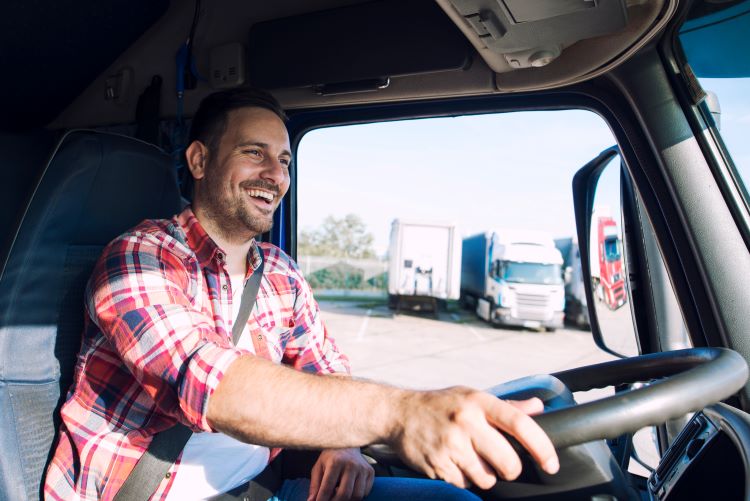Car Transport Jobs: Roles, Skills, and Career Paths
Car transport jobs cover the people and processes that move vehicles from one location to another—everything from local pickups to long-distance carrier runs. This field brings together hands-on driving, vehicle handling, customer communication, and backend coordination. Whether you’re interested in operating a pickup truck for single-vehicle moves, working as a professional driver for larger carriers, or supporting delivery and logistics teams, the sector offers varied roles with practical skill requirements and clear safety and regulatory expectations.

What does pickup truck work involve?
Pickup truck work in car transport typically means short to medium-distance moves: collecting a vehicle from a seller or auction, securing it, and delivering it to a designated location or terminal. Tasks include safely loading and unloading, using winches or tow equipment when needed, performing basic vehicle inspections, and completing transport documentation. People in these roles often balance physical handling with customer interaction, confirming vehicle condition and delivery instructions. Local services usually focus on quick turnarounds and careful handling to prevent damage during shorter hauls.
What skills do drivers need?
Drivers in car transport must combine strong driving ability with a practical understanding of vehicle safety. Required skills include safe and defensive driving, precise backing and maneuvering, vehicle securing techniques, and clear record-keeping. Many employers expect background checks, a clean driving history, and knowledge of basic vehicle maintenance (fluid checks, tire inspection). Depending on the route and vehicle size, additional certifications or commercial licenses may be required. Soft skills—punctuality, communication, and problem-solving—are valuable when coordinating pickups and addressing on-road issues.
How does delivery differ from transport?
Delivery often describes short-distance, customer-facing transfers, whereas transport can imply longer hauls or multi-vehicle carrier operations. Delivery work focuses on door-to-door handoffs, meeting tight windows, and handling paperwork at pickup and drop-off points. Transport encompasses scheduled routes, consolidated loads on multi-car carriers, and coordination between terminals. Both require secure loading and accurate documentation, but delivery roles tend to emphasize customer service and local knowledge, while transportation roles prioritize routing efficiency and fleet coordination across regions.
What regulations affect transportation jobs?
Regulatory requirements vary by country and region but generally include vehicle registration, insurance minimums, and safety inspections. In many jurisdictions, operators transporting vehicles commercially must meet specific insurance and licensing standards and comply with weight and load-securement rules. Drivers may be subject to hours-of-service limits, vehicle inspections, and record-keeping audits. Employers typically maintain compliance procedures to reduce liability and ensure safe operations. Staying informed about local regulations and maintaining accurate paperwork are essential practices for anyone in the transportation sector.
How do logistics roles support car transport?
Logistics professionals plan routes, schedule pickups and delivery windows, match vehicle types to carrier capacity, and manage communications between customers, drivers, and terminals. They use route-planning tools and transport management systems to optimize fuel use, minimize empty miles, and sequence pickup and delivery stops efficiently. Dispatchers monitor progress, reroute when necessary, and handle exception management (late arrivals, inspections, or damage reports). Strong logistics support improves on-time performance and reduces costs while ensuring that drivers can focus on safe vehicle handling.
Car transport jobs blend practical driving and vehicle-handling skills with organization, regulatory awareness, and customer communication. The field includes hands-on pickup truck operators, professional drivers working longer routes, delivery specialists focused on localized handoffs, and logistics staff who coordinate the whole process. Training pathways range from on-the-job mentoring to targeted vocational programs, and many roles reward reliability, attention to detail, and steady safety records. Those considering a move into this sector should research local licensing rules and seek training that emphasizes secure loading and defensive driving.






